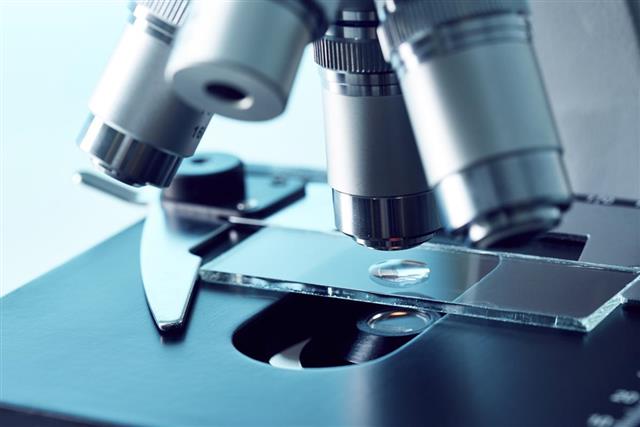
A petri dish is a shallow round dish which is used to grow culture of different organisms. It has its own importance in the field of biology. Let’s find out more about this useful dish in this ScienceStruck article.
To study microorganisms like bacteria and virus in detail, it is very important to get them isolated from other species. This can be done with the help of culture medium in a proper container. The best example of this culture medium plate is a petri dish. Petri dish is a shallow, cylindrical, round glass dish, which is used to culture different microorganism and cells. It was invented by a German bacteriologist Julius Richard Petri, and hence the name ‘petri dish’. Since then, it has become one of the most important pieces of laboratory equipment because of its various uses. In this ScienceStruck article, we will discuss various uses and the right way to use this dish so as to avoid contamination.
Before the invention of the petri dish, there were many other containers which were used to develop culture, but they usually got contaminated or their surface area which is used to culture a cell that was very small. For example, if we talk about test tubes, then they are long and cylindrical. Though the material used in it is made to stand in a slanted position, the cells do not get as much space as they get in the petri dish. Apart from that, even if the test tubes are locked with the help of cotton plugs, they get contaminated after sometime, whereas petri dishes are provided with lids. These lids are easy to put and protect the cell culture from getting contaminated. Following is the correct method of using a petri dish.
Uses of Petri Dish
A petri dish is basically used as a laboratory equipment in the field of biology. Following are some of its most common uses.
- The most important and common use of a petri dish is to culture cells. Cells are provided with appropriate environmental conditions and food which helps them to grow in the given medium. A petri dish provides space and protects them from contamination.
- As this dish is made up of glass, you can observe the growth of the microorganism very clearly through it.
- The size of the petri dish enables to keep it directly below the microscope, and to observe and even dissect the sample for further studies.
- It can also be used to observe seed germination in schools and colleges.
- Used petri dishes can be treated with bleach, washed, and can be sterilized for further use.
Method of Using
Glass petri dishes can be reused. They can be sterilized by placing the petri dish in the autoclave. Following are the steps to use it.
- The foremost thing to do while using a petri dish is to sterilize it. This will kill the other microorganisms which may be present in the petri dish.
- Once this is done, it can then be filled with the agar medium which is prepared with the help of red algae. The agar medium also contains nutrients, salt, blood, indicators, antibiotics, etc., which help in the proper growth of bacteria or any other microorganism.
- Then these agar containing dishes are kept inside the refrigerator in an upside down position and taken out when they are needed.
- When you need the culture dishes, just take them out of the refrigerator and let them come to room temperature.
- Now take the sample of bacteria or any other microorganism and pour it on the culture. Or take a cotton swab and slowly move it over the culture in a zigzag manner. Try not to apply too much pressure as it may break the culture.
- Close the petri dish lid and cover it properly. Keep it in an area that has a temperature of about 37ºC and allow it to grow for a few days. Once the cell culture grows, take the samples and use them for further studies.
Keep the methods of using a petri dish in mind and conduct your experiment. Follow the required lab safety rules and avoid coming in contact with the sample as it might contain some harmful organisms.


